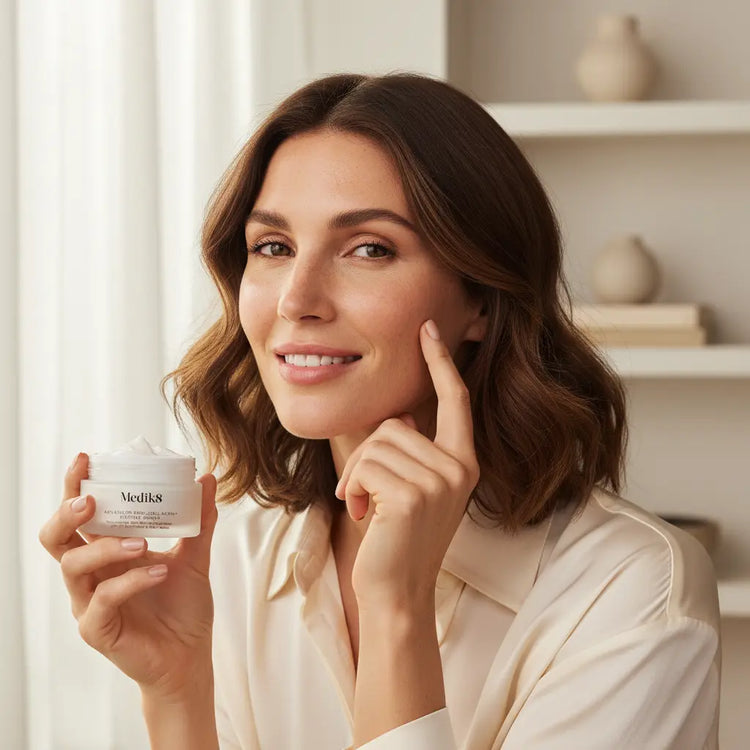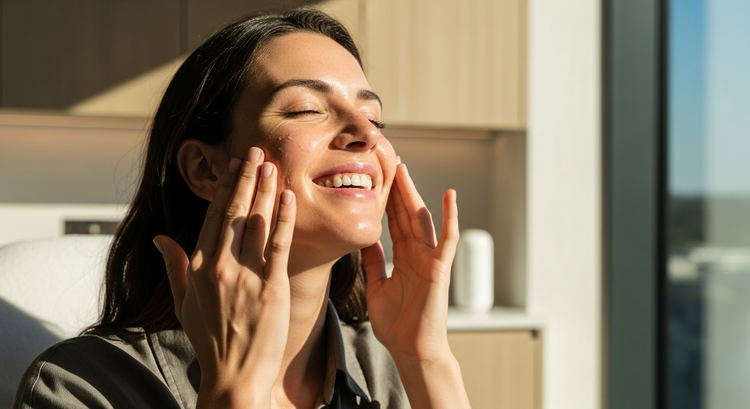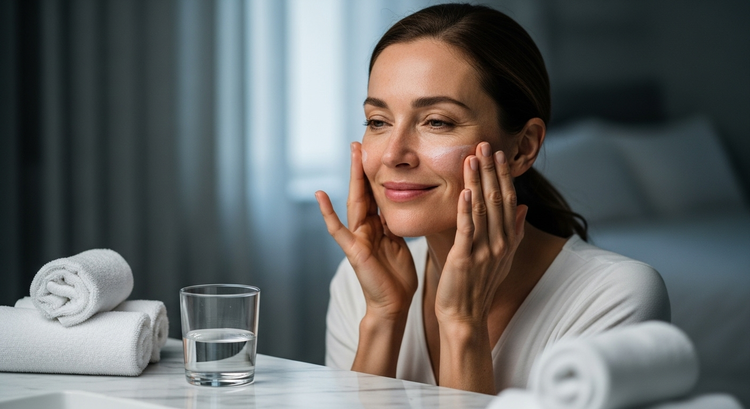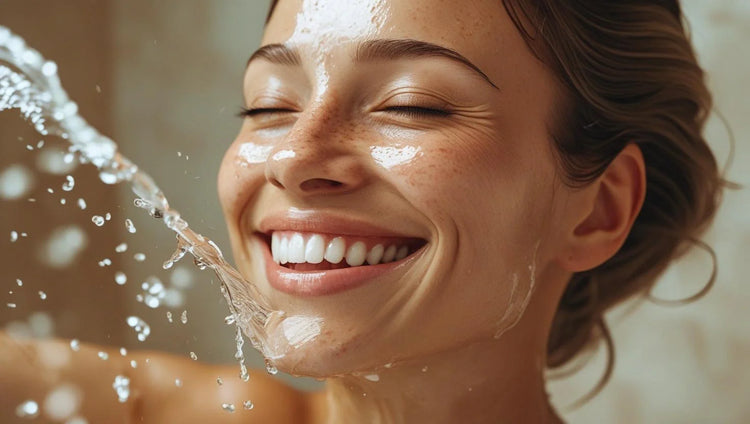Have you ever heard your Skin Therapist saying your skin has had its barrier damaged? Impaired moisture barrier function, impaired barrier function, impaired acid mantle, or dysfunctional barrier... what does that mean, exactly? And how can you tell if your skin barrier is damaged?
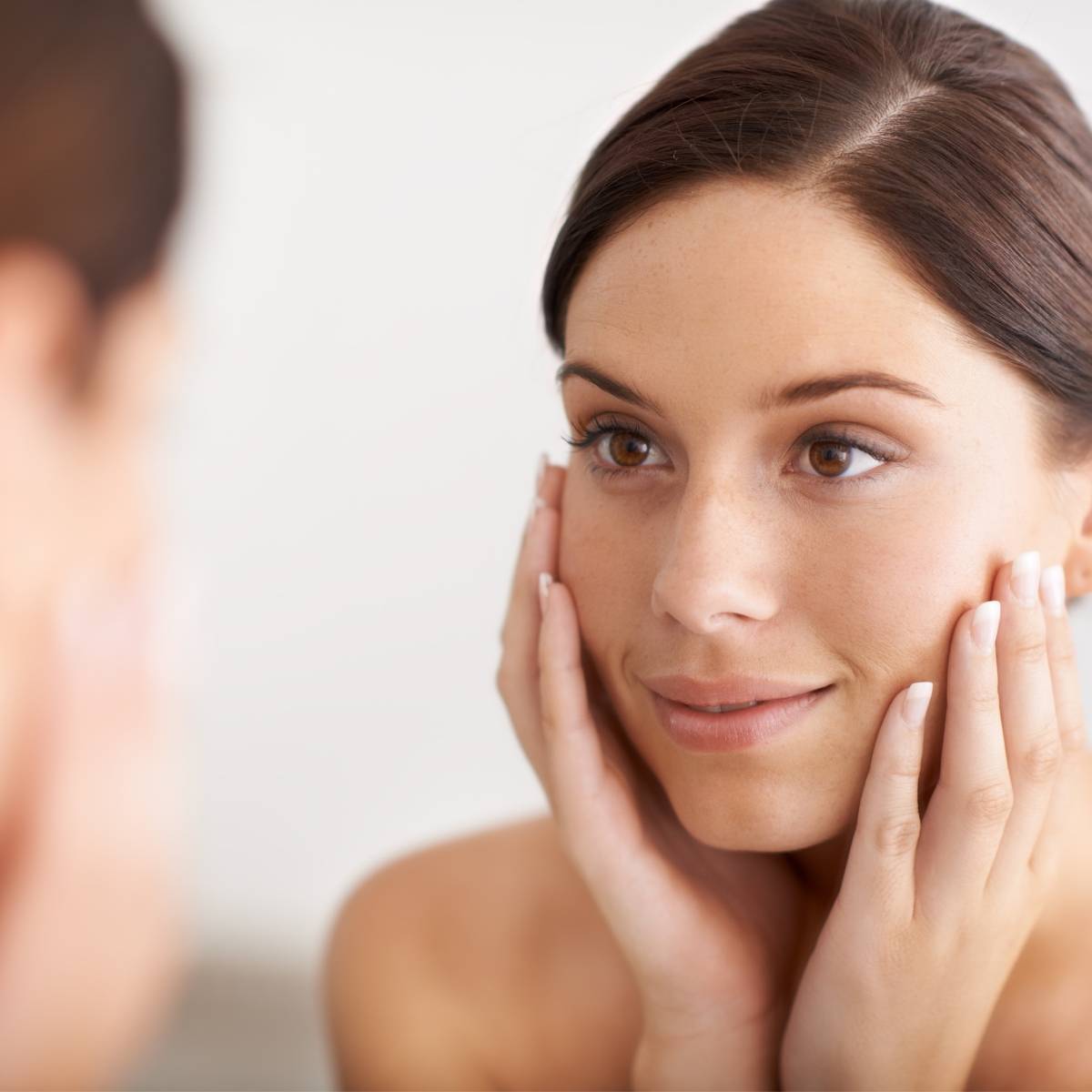
What is the skin barrier?
Your skin barrier is known as your moisture barrier, the protective layer of the skin, which is our top layer - the stratum corneum.
What is the acid mantle?
Our acid mantle is made up of oil and water. The oil present in the acid mantle is composed of essential fatty acids and it's meant to 'lock in' the water in order to keep our skin cells hydrated.
When the acid mantle is weakened, this means there are holes in the its oil layer, allowing water to 'escape' - evaporate.
What is the role or function of the skin barrier?
The role of our skin barrier is to keep our acid mantle intact. Keeping pathogens or bacteria from getting into the skin and making sure all the good ingredients of our skincare are absorbed into the skin and not being kept out.
The most important role of the skin barrier/acid mantle is keeping moisture locked in and not evaporating from our skin cells (we call this moisturise evaporation "Trans Epidermal Water Loss (TEWP)").
What is the main reason behind a damaged skin barrier?
The number one cause is Dehydration and a weakened acid mantle.
Dehydration is a skin concern experienced by most Australians. Dehydration is a lack of water and an incapacity of retaining water within the skin cells. 97% of Australians have dehydrated skin.
Dehydration has a knock-on effect for other skin concerns. Dehydrated skin is unable to maintain the skin barrier intact, which leaves the skin vulnerable to damage from environmental aggressions.
What are the symptoms of having a skin barrier damaged?
- Dehydration
- Skin feeling tight, taut, flaky and rough
- Dehydration lines
- Skin irritation
- Dull skin
- Uneven skin tone
- Hyperpigmentation
- Redness
- Skin feeling heat
- Rashes/itchy skin
- Breakouts/acne-prone skin
- Sensitivity or inflamed skin
- A delayed wound healing response
- Bacterial or fungal infections like peri dermatitis
- Make Rosacea and eczema more severe
How do we heal a damaged skin barrier?
- First of all, get back to the basics and stop all active ingredients you are using on your skin. A damaged skin barrier has holes in the acid mantle, this means the active ingredients penetrate too quickly and too soon through the holes of the skin causing more irritation. A healthy or strong acid mantle allows the active ingredient to be slowly absorbed into the skin not causing any irritation.
- Support lipid levels
- Remove any stripping ingredients like detergents or alcohol
- Check your cleanser isn't too stripping for your skin
- Use hydrating and protective ingredients
- Only use gentle exfoliation
- Supplement your diet with essential fatty acids
- Look into extreme temperatures your skin might be experiencing: Air conditioning, very hot showers
- Harsh environment
Here are our essential skin barrier protectors for the skin:
Concentrated treatment with hyaluronic acid that provides the skin with a moisturising, anti-ageing, repulping and filling action. Combines hyaluronic acid in several molecular forms to provide, stimulate and protect its presence in key skin layers
Velvety moisturiser helps fortify sensitised skin with a damaged barrier. Use this unique anhydrous (waterless) moisturiser after toning to help shield against environmental and internal triggers that cause skin stress.
Reduce redness and sensitivity while improving the skin’s barrier function with this powerful corrective that provides instant and long-term relief from discomfort. Using the 10-hour time-released OmniSome delivery system, key ingredients are carried deeper into the skin for better results.
Intensive cream with soothing, decongestant and anti-inflammatory properties that helps to repair the skin and heal tissues damaged by sun exposure or the application of treatments that activate a peeling process.
The infrared wavelength of 830nm that targets deeper fibroblast cells to stimulate new collagen, and elastin production and to give firmer youthful skin. The red wavelength of 633nm will offer to reduce inflammation, calm red skin and helps prompt cellular repair and circulation for a vibrant complexion. TGA and FDA approved.
I highly recommend introducing essential fatty acids to your diet, with the two primary sources of Omega 3 DHA and KPA. This will support cell membrane development and hence acid mantle creation and maintenance. Omega 6 and evening primrose oil help the ceramide on our skin - retaining moisture and Vitamin A to create a specialised, sustainable skin-glowing formula. This is an essential step in treating dehyrated skin.
About The Author:
My name is Sari Pols,
I have been in the skincare industry for over 15 years. My passion lies in ‘Health’. Health for the skin and body. My philosophy is if we have good well-being on the inside, then it shows our vitality on the outside.
I have furthered my knowledge of Skin Anatomy, Skin Concerns, and Fitness. I am a true believer in how to make my clients feel their best both inside and out. My emphasis is on guiding my clients through their journey of skin concerns and conditions. I like to educate my clients and find the potential triggers for their concerns or condition so that together we can eliminate the root of the cause. I aim to give personalised consultations with treatment and correct prescribed skin products.

